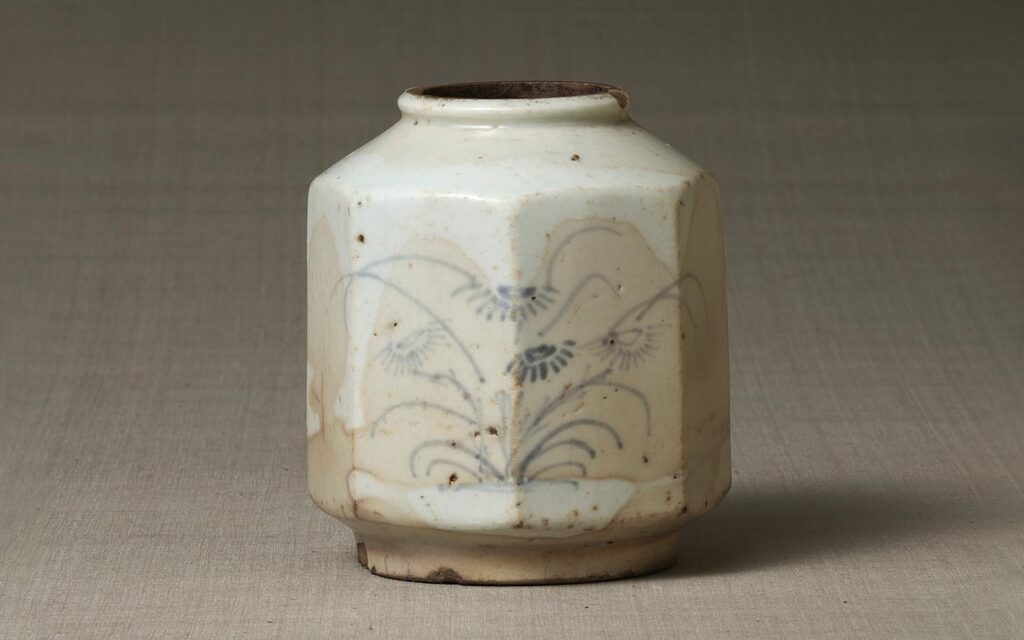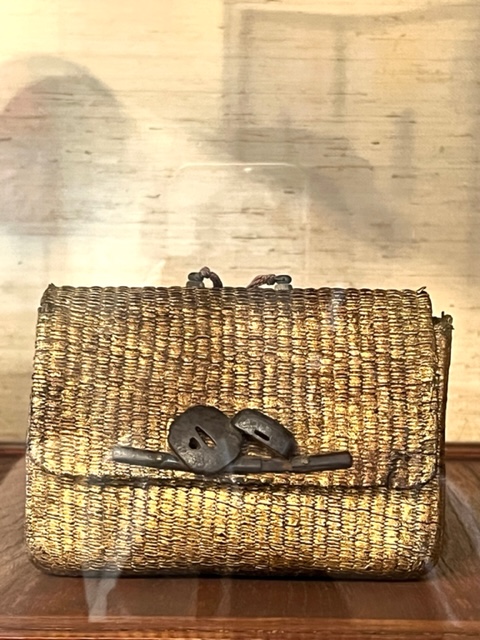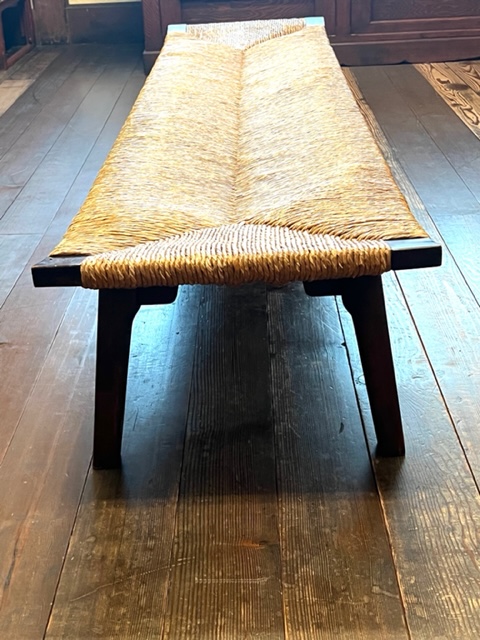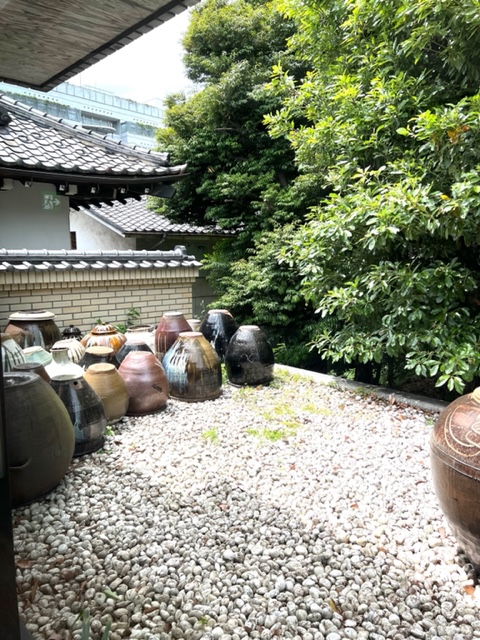
You won’t find this tiny museum on a list of ‘must-see’ tourist’s destinations in Tokyo, partly because it is located outside of the city’s central hub. Yet, with only a handful visitors, it is a joyful experience that is fundamental to understanding the story of Japanese kogei (crafts) and its spiritual essence. This museum is the Japanese Folk Crafts Museum—designed by the great Soetsu Yanagi (1889-1961), situated in a beautiful house with plaster façade, stone roof, garden, and wooden gate.
Yanagi was not a designer, nor was he an architect or artist, but more of a philosopher who became the hero of the Mingei Movement and one of the most important figures in 20th-century Japanese art. At first, he admired and was influenced by the early European avant-garde art movements, and even possessed one of the only three sculptures by French sculptor Auguste Rodin in Japan; that is, until he underwent a change.
There was a turning point when he received a small blue and white Korean ceramics jar, which brought him to understand the significance of the ‘art of the people’—the daily essentials made from clay, wood, metal, stone, and textile by anonymous craftsmen for the people to use everyday. He came to see these functional utensils as cultural markers. Starting in the 1920s, he began to develop his theory and eventually established the Mingei Movement, which would become one of the most important art movements of the 20th century. It would rediscover the roots, customs, and traditions of Japan in a time when the country was going through modernization, westernization, and urban growth. Yanagi did for Japan what William Morris did for England and the entire Western world: recovering heritage and traditions, connecting to the handmade, abandoning industrial production, and caring for preservation of the vanishing crafts.
He published articles and books, gave lectures, and founded the magazine Kōgei—later to be renamed Mingei—the key platform of the Japanese Folk Crafts Association, in the early 30s. But it was the Folk Crafts Museum that allowed him to define a new standard of beauty — modernizing historical aesthetics — and to fully express his aesthetic message, rooted in recognizing the beauty of ordinary Japanese household utensils, which he referred to as the manifestation of ultimate honesty and trueness.
In his vision, objects must be handcrafted in natural materials, ought to be inexpensive, made through traditional methods by anonymous craftsmen (unfamous), and possess a sense of simplicity and functionality. This vision would inspire many designers of the 20th century, including Charlotte Perriand, Frank Lloyd Wright, and George Nakashima. Mingei objects, he said, were spiritual, ethical, healthy, sustainable, timeless, and unaffected by trends and fashion. Like Morris, he also placed the joy of craftsmanship as a central value in beauty. By the 1950s, it became a national movement, resulting in a consumer demand for handmade folk crafts, culminating in the mingei boom of the 70s. It declined in the 80s and 90s, but a new wave of renewal began in the early 2000s.
When founding the museum, Yanagi sought to create a home for the Mingei Movement and its concept of “making beauty a way of life.” It is a testimony to the man who changed the way we see simplicity, crafts, and the handmade. The stone floor, oak staircase, wallpaper, collections of ceramic jars, sake pitchers, jewelry boxes, kettles, and essentials of daily life that he collected over his lifetime are inspiring and make an exquisite introduction to the arts of Japan.






absolutely exquisite!! thank you for showing this museum and its message.